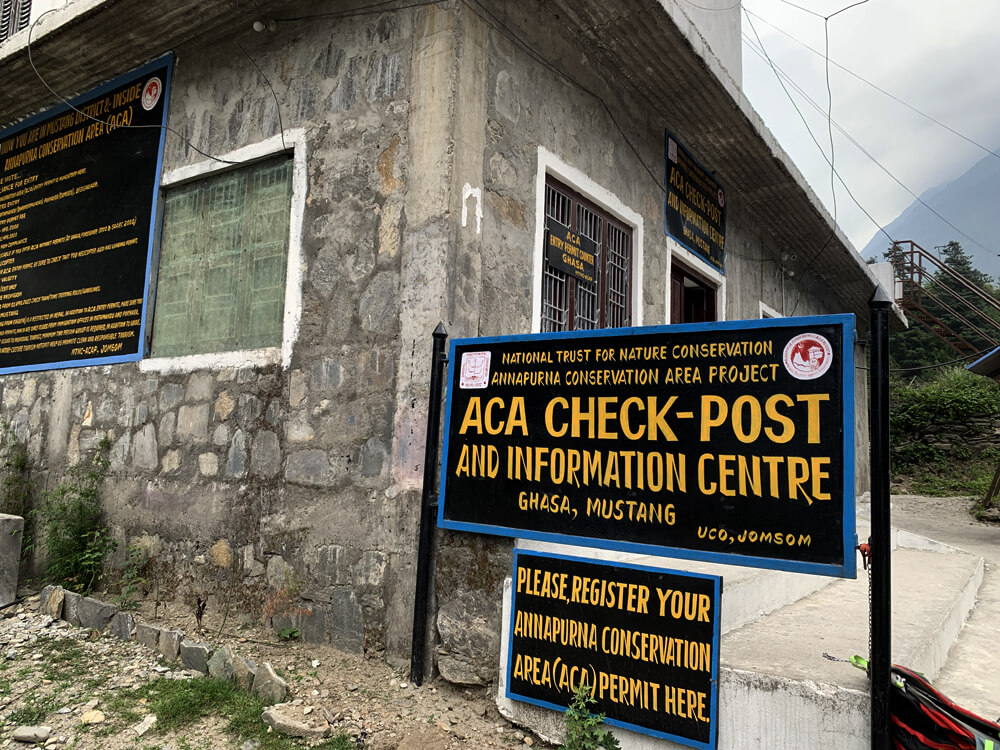Nepal Trekking Permits & Costs Explained (2025 Update)
By Ankit Suresh | The Himalayan Connection – Wander & Explore
Updated 2025 trekking permits in Nepal – ACAP, Khumbu Permit, RAP
Why Trekking Permits Matter
Trekking in Nepal is an unforgettable adventure, but before you step onto the trail, there’s an important step every trekker must take — securing the right permits. These permits help manage the trails, conserve natural areas, and support local communities.
Trekking in Nepal requires different permits depending on the region you explore. As of 2025, the once-standard TIMS card has been largely replaced by local municipal permits, such as the Khumbu Pasang Lhamu Rural Municipality Entry Permit in the Everest region.
Popular trekking zones like Annapurna, Langtang, and Everest now require a combination of National Park or Conservation Area Permits along with any applicable local entry fees.
Restricted areas such as Upper Mustang and Manaslu require Restricted Area Permits (RAP) issued by the Department of Immigration through a registered trekking agency. This guide explains the latest requirements, costs, and official links to help you prepare smoothly for your trek.
In this updated 2025 guide, I’ll explain everything you need to know about Nepal trekking permits — the types, costs, where to get them, and insider tips to save time.
Annapurna Conservation Area Permit (ACAP) – required for Annapurna treks
1. Main Trekking Permits in Nepal (2025)
ACAP (Annapurna Conservation Area Permit)
- Cost: NPR 3,000 (~USD 22)
- Where to Get: Nepal Tourism Board offices in Kathmandu or Pokhara
- Notes: TIMS is no longer required for Annapurna treks in 2025
Khumbu Pasang Lhamu Rural Municipality Entry Permit (Everest Region)
- Cost: NPR 2,000 (~USD 15) in Lukla
- Where to Get: Collected at entry checkpoint in Lukla
- Notes: TIMS has been replaced by this local entry permit
Sagarmatha National Park Entry Permit
- Cost: NPR 3,000 (~USD 22)
- Where to Get: NTB office in Kathmandu or Monjo entry gate
Langtang National Park Permit
- Cost: NPR 3,000 (~USD 22)
- Where to Get: NTB or park entry points
- Notes: TIMS is no longer actively enforced for Langtang treks
Department of Immigration in Kathmandu – issuing Restricted Area Permits
Restricted Area Permits (RAP)
Some remote or culturally sensitive areas require RAPs:
- Examples: Upper Mustang, Manaslu, Dolpo, Nar-Phu
- Issued By: Department of Immigration (Kathmandu)
- Must Have: Licensed guide & registered trekking agency
- Costs Example:
- Upper Mustang: USD 500 for first 10 days, USD 50/day after
- Manaslu: USD 100 for first 7 days (Sep–Nov), USD 75 rest of year
Nepal Trekking Permits & Costs Explained (2025 Update)
By Ankit Suresh | The Himalayan Connection – Wander & Explore
Updated 2025 trekking permits in Nepal – ACAP, Khumbu Permit, RAP
2. 2025 Permit Cost Summary Table with Official Links
| Region / Permit | Cost (USD) | Where to Get |
|---|---|---|
| ACAP (Annapurna) | $22 | Nepal Tourism Board |
| Khumbu Municipality Entry | $15 | Khumbu Municipality Office |
| Sagarmatha NP | $22 | Nepal Tourism Board / Monjo Gate |
| Langtang NP | $22 | Nepal Tourism Board / Entry Gate |
| Upper Mustang RAP | $500/10 days | Department of Immigration |
| Manaslu RAP | $100/7 days | Department of Immigration |
3. Where & How to Get Permits
- Kathmandu: Nepal Tourism Board (Pradarshani Marg), Department of Immigration (Kalikasthan for RAP)
- Pokhara: Nepal Tourism Board Office (Lakeside)
Required Documents:
- Passport copy & original
- Passport-size photos
- Payment in NPR
💡 Tip from Ankit: Always check updated rules before you trek. Local municipalities sometimes adjust fees or replace permits.

Permit checkpost along the trekking trail in Annapurna region
4. FAQs & Insider Tips
Can I trek without a permit? No. Checkpoints are active in all major trekking areas.
Do I need permits for short treks near Pokhara? Yes, even short treks like Poon Hill or Mardi Himal require ACAP.
How long does it take to get permits? Usually 30–60 minutes with all documents ready.
Conclusion: Trek Prepared, Trek Legal
Getting your trekking permits in order is a simple but important step. As a local guide, I’ve seen too many trekkers face delays due to missing documents or wrong permits. Plan ahead, travel responsibly, and you’ll have a smooth start to your Himalayan journey.